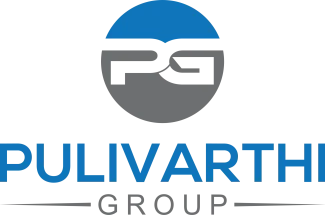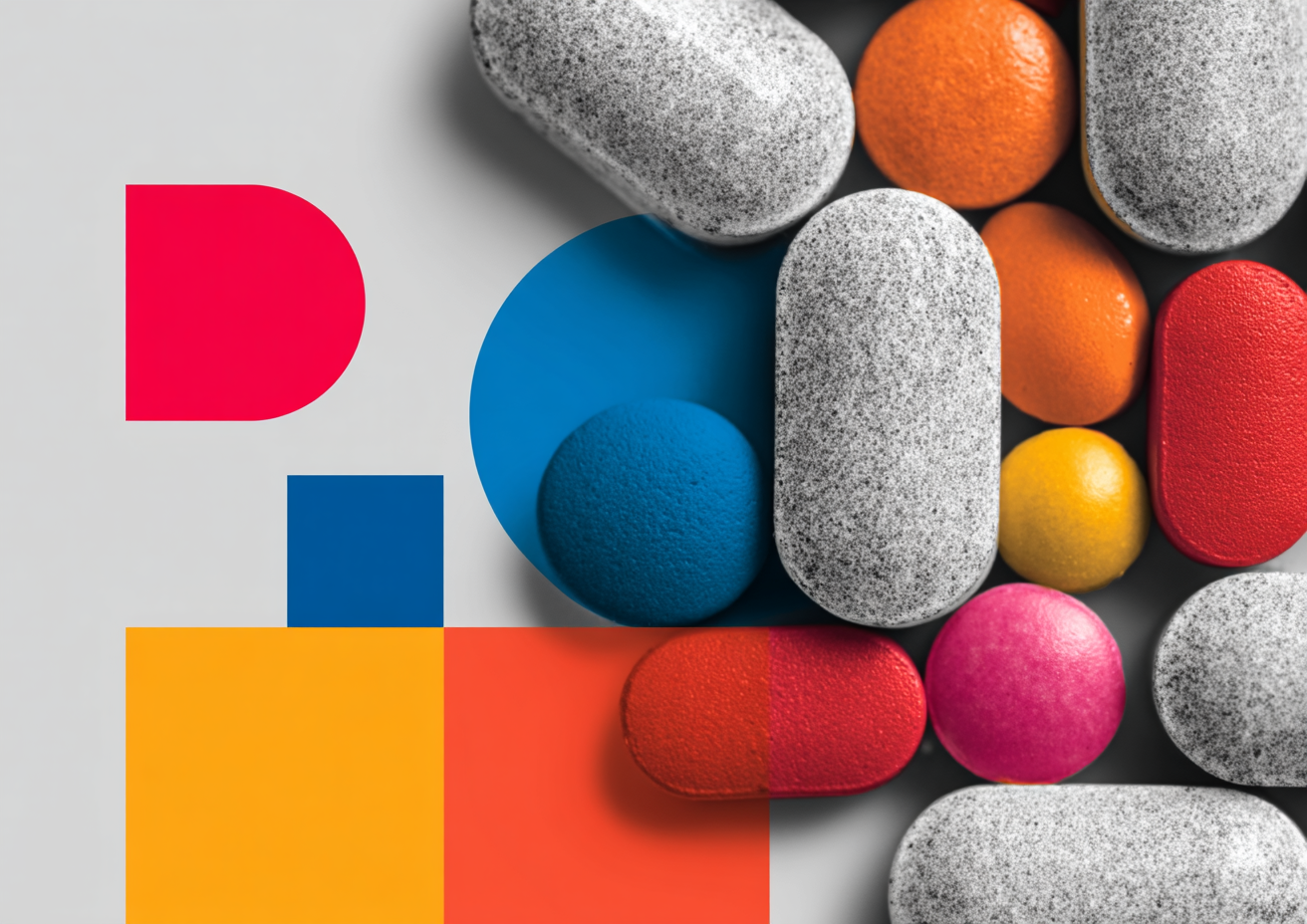In recent years, the healthcare industry has witnessed a transformative wave of technological advancement, predominantly through the integration of artificial intelligence (AI) in healthcare. As nurse managers and healthcare professionals know, the current challenges faced by nursing staff are profound, including high levels of burnout and overwhelming administrative tasks. A recent report from Becker’s Hospital Review highlights an innovative approach: integrating AI into nursing workflows to alleviate these pressing issues.
The Challenge: Burnout and Administrative Burdens
Nurses play a crucial role in healthcare settings, providing essential patient care and support. However, their responsibilities often extend beyond direct patient interactions into administrative duties that can lead to significant burnout. According to a survey by the American Nurses Association, nearly 70% of nurses report feeling overwhelmed by administrative tasks. This statistic underscores a pressing need for solutions that can foster greater nursing efficiency and staff well-being.
Furthermore, with the ongoing nursing shortage exacerbated by the COVID-19 pandemic, healthcare organizations must find effective strategies to retain existing staff and attract new talent. Addressing the administrative burden through AI tools could be a vital step towards improving job satisfaction and reducing turnover rates.
AI in Nursing Workflows: A Solution to Overwhelm
Microsoft recently announced a significant update to its Dragon Copilot tool, expanding its application to nursing workflows. This integration aims specifically to automate documentation tasks, significantly relieving nurses from paperwork duties that can otherwise consume valuable time. By utilizing natural language processing (NLP) and machine learning algorithms, Dragon Copilot can help nurses complete records, update patient information, and streamline communication with team members more efficiently.
For example, when a nurse engages with a patient, Dragon Copilot can listen and transcribe observations and notes in real time, enabling immediate electronic documentation. This type of AI-driven support not only enhances workflow but also allows nurses more time to focus on patient interactions, thus addressing the essential concern of nursing burnout directly.
Practical Applications of AI in Nursing
- Streamlined Documentation: AI can assist in real-time documentation, allowing nurses to record patient interactions without interrupting their workflow.
- Predictive Analytics: AI systems can analyze patient data to predict potential health issues, enabling proactive interventions.
- Telehealth Integration: AI can enhance telehealth platforms, facilitating patient assessments remotely, thus expanding nurses’ reach.
- Resource Management: AI tools can optimize staff schedules based on patient needs, improving operational efficiency.
Case Study: A Real-World Example
A healthcare facility in Texas implemented an AI-driven documentation system that reduced nurse documentation time by 40%. Prior to the integration, nurses spent approximately 6 hours per shift on administrative tasks. After adopting the AI system, this time decreased to just 3.6 hours, allowing nurses to allocate their time towards direct patient care. This case demonstrates the significant potential benefits of AI tools in nursing workflows.
Increasing Awareness and Adoption of AI Tools
Despite the evident benefits, many organizations remain hesitant to adopt AI technologies due to concerns over costs, training, and integration. Nevertheless, the long-term advantages, both in cost savings and employee retention, are profound. Healthcare organizations are encouraged to explore digital healthcare solutions and establish training programs that ensure their staff feels confident and equipped to utilize these AI tools effectively.
Healthcare professionals, including nurse managers and IT decision-makers, play a pivotal role in facilitating this change. They can advocate for the integration of AI in their facilities, highlighting the urgent need to reduce burnout and enhance nursing workflows.
Addressing Concerns Around AI Implementation
Many stakeholders in the healthcare sector harbor concerns regarding the introduction of AI. Will it truly alleviate the burden on nurses? Could it diminish the human touch in patient care? Addressing these concerns is integral to fostering a culture that embraces technological advancement. Here are a few strategies to consider:
- Education Programs: Conduct seminars and workshops that educate staff about AI technologies and their benefits.
- Pilot Programs: Implement small-scale pilot projects that demonstrate the effectiveness of AI tools before full-scale deployment.
- Feedback Mechanisms: Establish channels for staff to provide feedback on AI tools, ensuring continuous improvement and usability.
The Future of AI in Healthcare
The advancements in AI technology promise a future where nursing professionals can thrive without the oppressive weight of administrative tasks. With tools like Microsoft’s Dragon Copilot paving the way, there lies an incredible opportunity for healthcare organizations to revitalize their nursing teams and improve patient care.
Furthermore, as AI evolves, continual enhancements—such as the integration of robotic assistants capable of handling manual tasks—could further alleviate pressures on nursing staff, allowing them to engage more meaningfully with patients.
Conclusion: Explore AI Solutions for Nursing Efficiency
For healthcare professionals and nurse managers, the time to embrace AI in nursing workflows is now. By automating tedious documentation tasks, facilities can significantly improve the work environment for nurses and enhance patient care quality. At Pulivarthi Group, we are committed to helping organizations harness the power of AI-driven technologies that streamline operations and protect the well-being of nursing staff. By doing so, we can collectively work towards delivering superior healthcare outcomes.
Explore our AI solutions for nursing efficiency today and take the first step toward a more effective, compassionate healthcare system.






